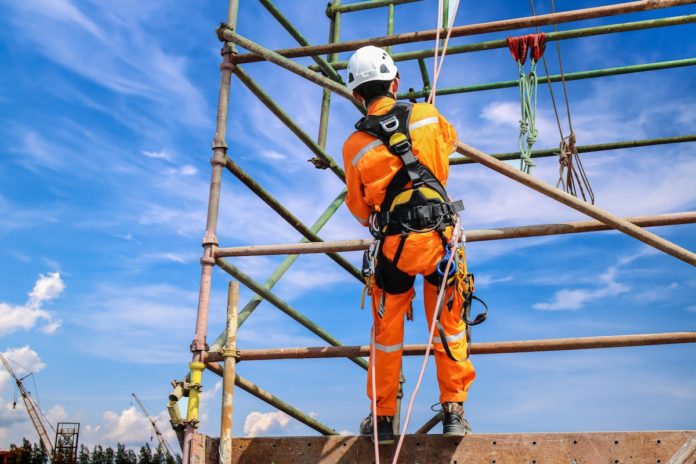
According to the latest data available from the U.S. Bureau of Labor Statistics (BLS), there were an estimated 2.8 million non-fatal workplace injuries and illnesses in private industries in 2017. The National Safety Council also reports that every seven seconds, an employee is injured while on the job.
Employees of any industry are at risk of being injured at work, but some industries are more dangerous than others and are likely to result in severe or even fatal injuries. Learn more about some of the most dangerous jobs in the U.S. and tips for staying safe at work.
Do You Work in One of the Most Dangerous Industries?
Ever wonder how your job ranks on the “Most Dangerous Occupation” list? Here are the top 5 most dangerous jobs in the U.S. as ranked by the BLS.
1. Logging
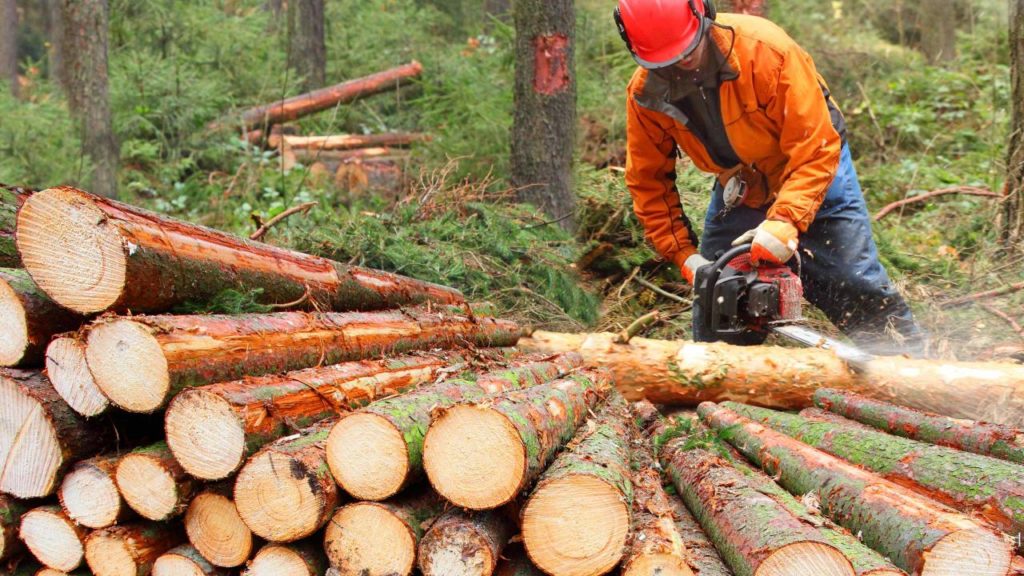
Even though the logging industry is predicted to have a decline within the next decade, there are still over 50,000 jobs in the logging industry. There’s more in this industry than just cutting down trees, and each job is considered moderate to high-risk.
Lacerations due to using chainsaws and fractures or other severe injuries due to falling or rolling logs are common. The fatal injury rate per 100,000 works is nearly 136, while the non-fatal injury rate is almost 2,4500 per 100,000 workers.
2. Fishing
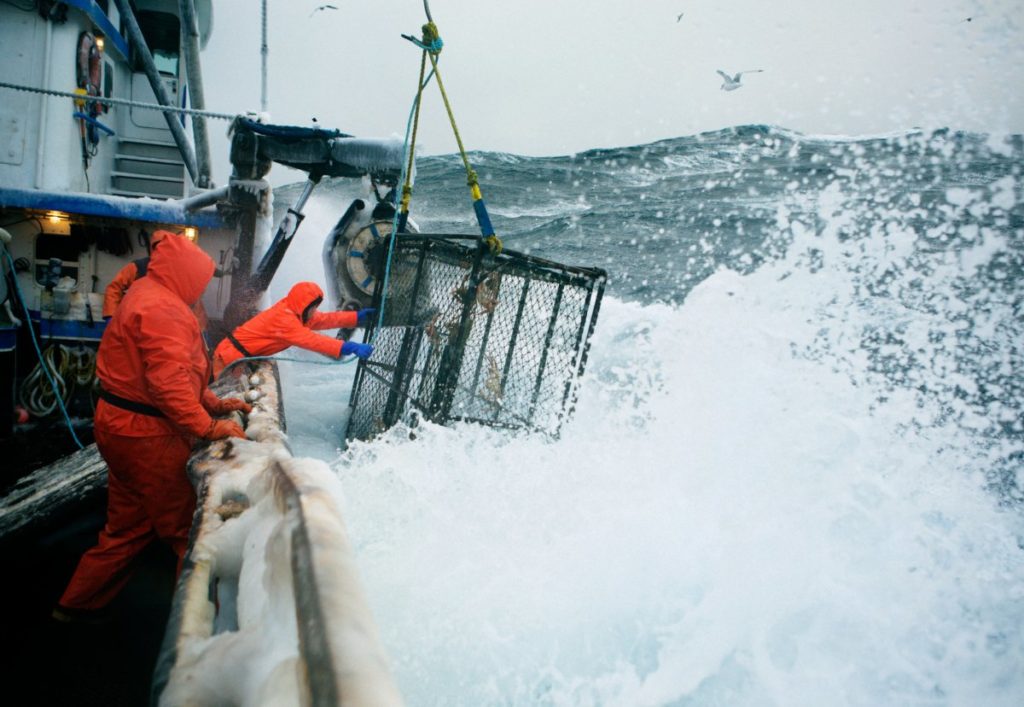
Commercial fishing is another high-risk industry that many of us probably take for granted. While there is no data available for non-fatal injury rates among workers, the fatal injury rate is 86 per 100,000 workers.
Injuries in commercial fishing can range from relatively minor injuries from getting snagged with a hook or slipping on the deck to more serious and life-threatening injuries from getting caught in equipment or thrown overboard while at sea.
3. Aviation

While the odds of experiencing a plane crash are rare considering the amount of air traffic daily, occupations in aviation like pilots are riskier. Not only do pilots work in a stressful work environment but also work in confined spaces, like the cockpit, and can become injured easily.
Although many common injuries include strains, sprains, and slip or falls (the non-fatal injury rate is 466 per 100,000 workers), the BLS reports that the fatal injury rate is 55.5 per 100,000 workers.
4. Roofers
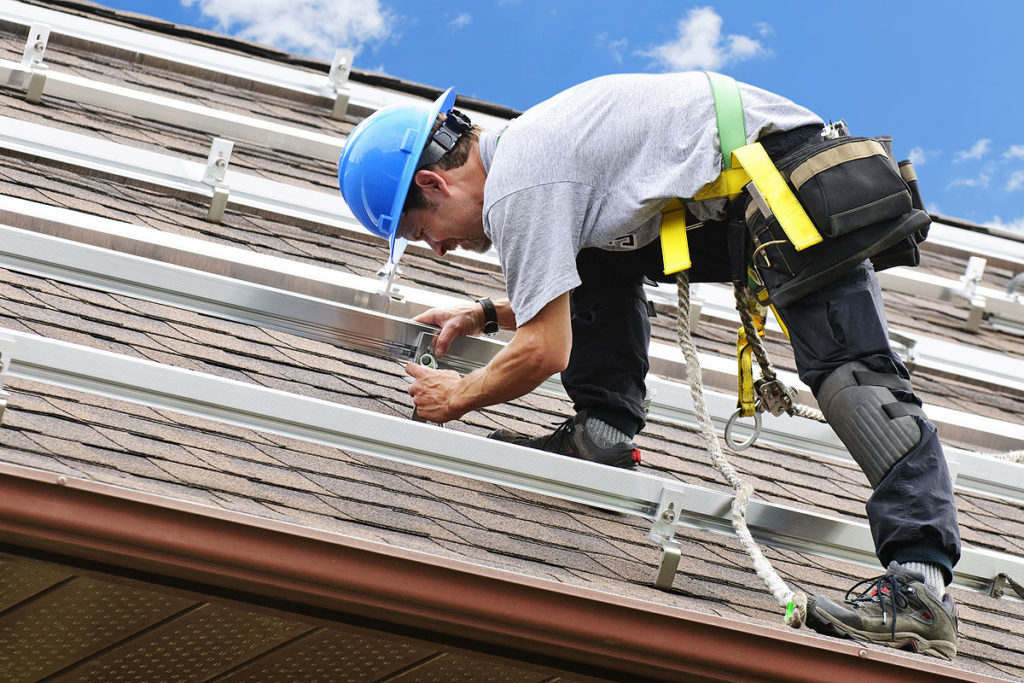
It may come as no surprise that roofing is a dangerous occupation. Not only do roofers need to work at varying heights throughout the day, but they are expected to climb ladders and work on angles and different levels. While falls are common in the roofing industry, other injuries include head injuries, puncture wounds, and fractures.
Over 3,000 out of 100,000 are non-fatal injuries, while the fatal injury rate is nearly 50 per 100,000 workers.
5. Sanitation Department
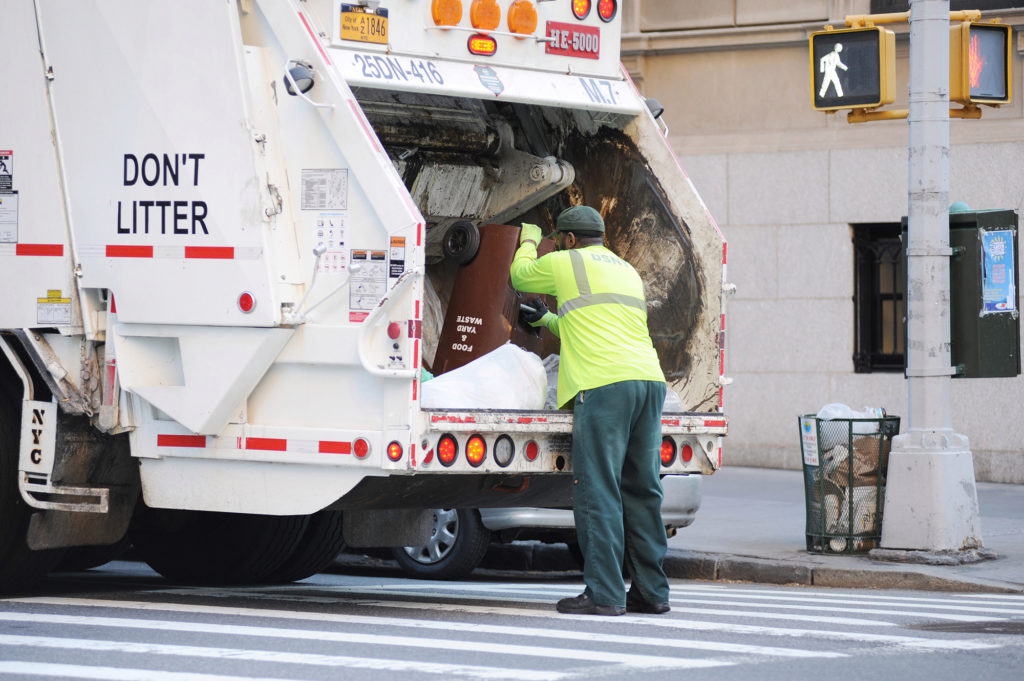
Garbage and recycling collectors are injured on the job more than you think. Not only is it a high-risk job for repetitive motion injuries but also more severe injuries related to machinery and heavy equipment.
The non-fatal injury rate for occupations in the sanitation department is 2,702 per 100,000 workers and just over 34 per 100,000 for the fatal injury rate.
Safety Tips for All Occupations
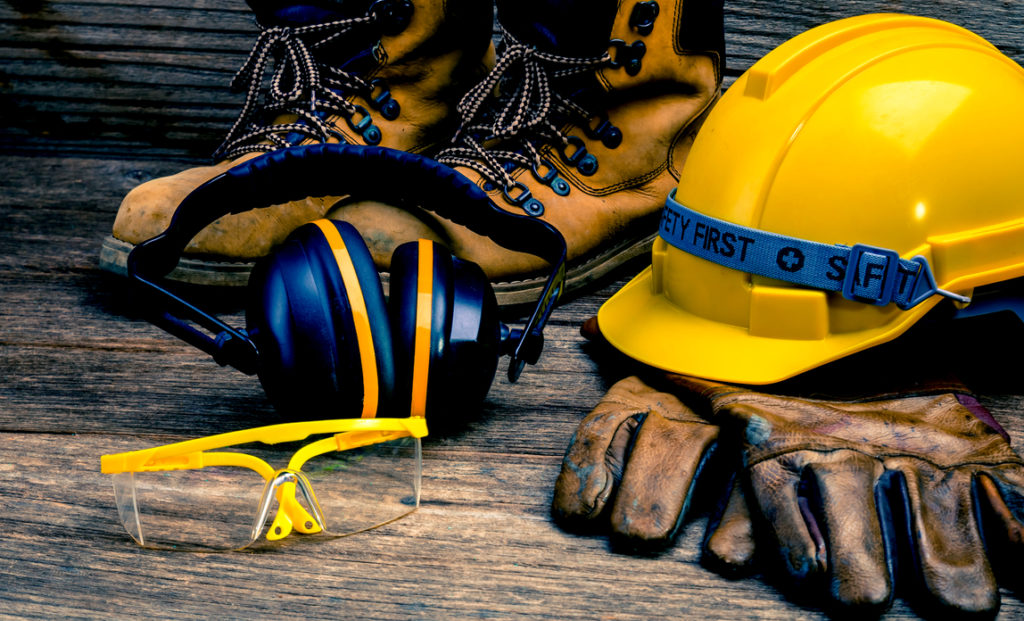
Whether you work in an office setting or on a roofer crew, there’s always a risk of being injured on the job, but nearly all work-related accidents are preventable. Every job site should have safety procedures in place and safety equipment provided for all employees.
All employees should receive adequate training and known what to do in a work-related accident. As an employee, you are covered by worker’s compensation, which will help you receive compensation in the event of an accident at work as stated by Brooks Law Firm.
In addition to following all safety regulations, avoid working while fatigued since your risk of injury can increase when you’re tired.
If you notice something is wrong or a job site is “risky,” speak up and alert supervisors or the person in charge.
















